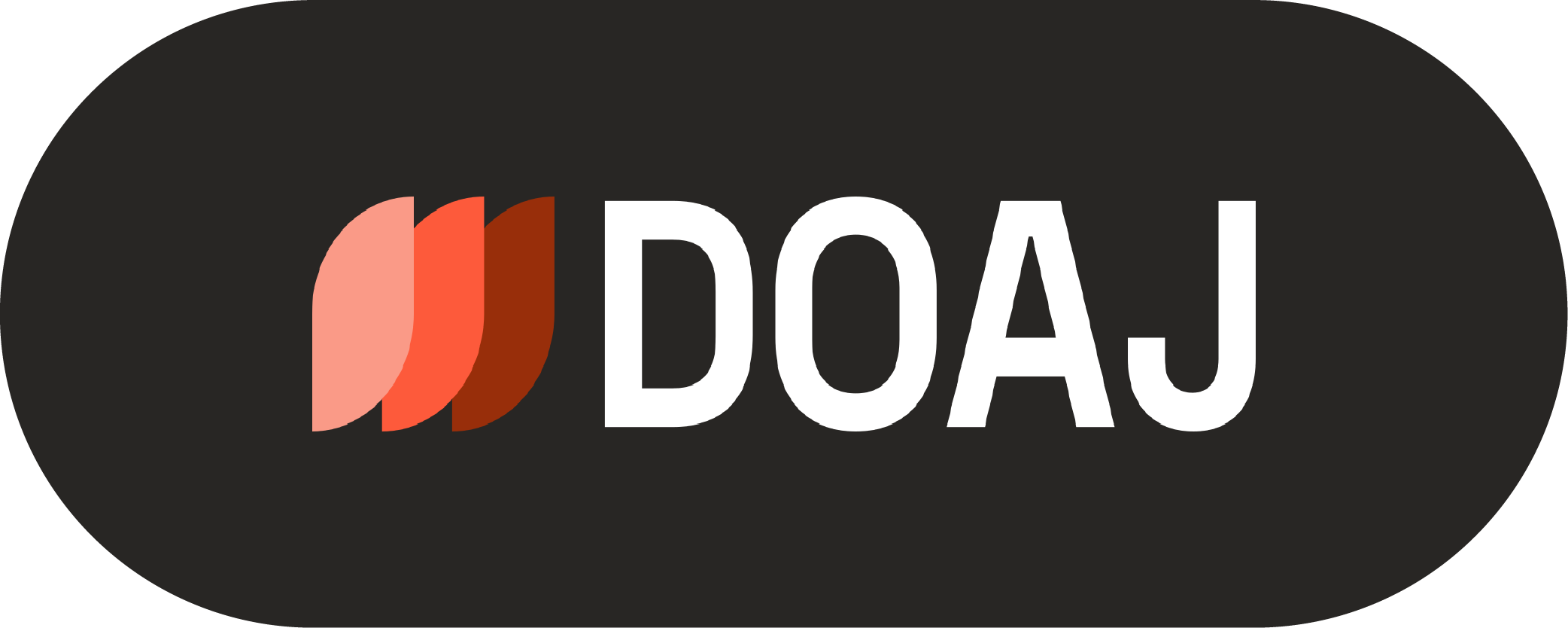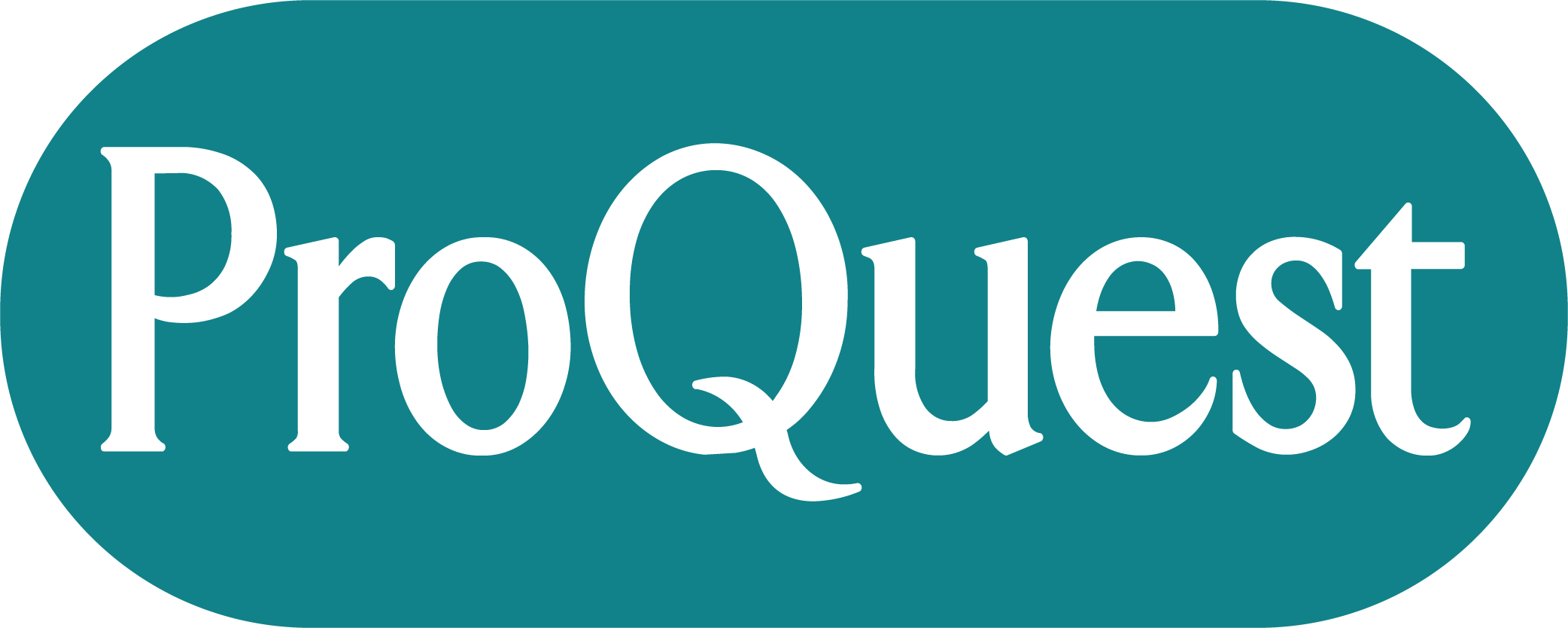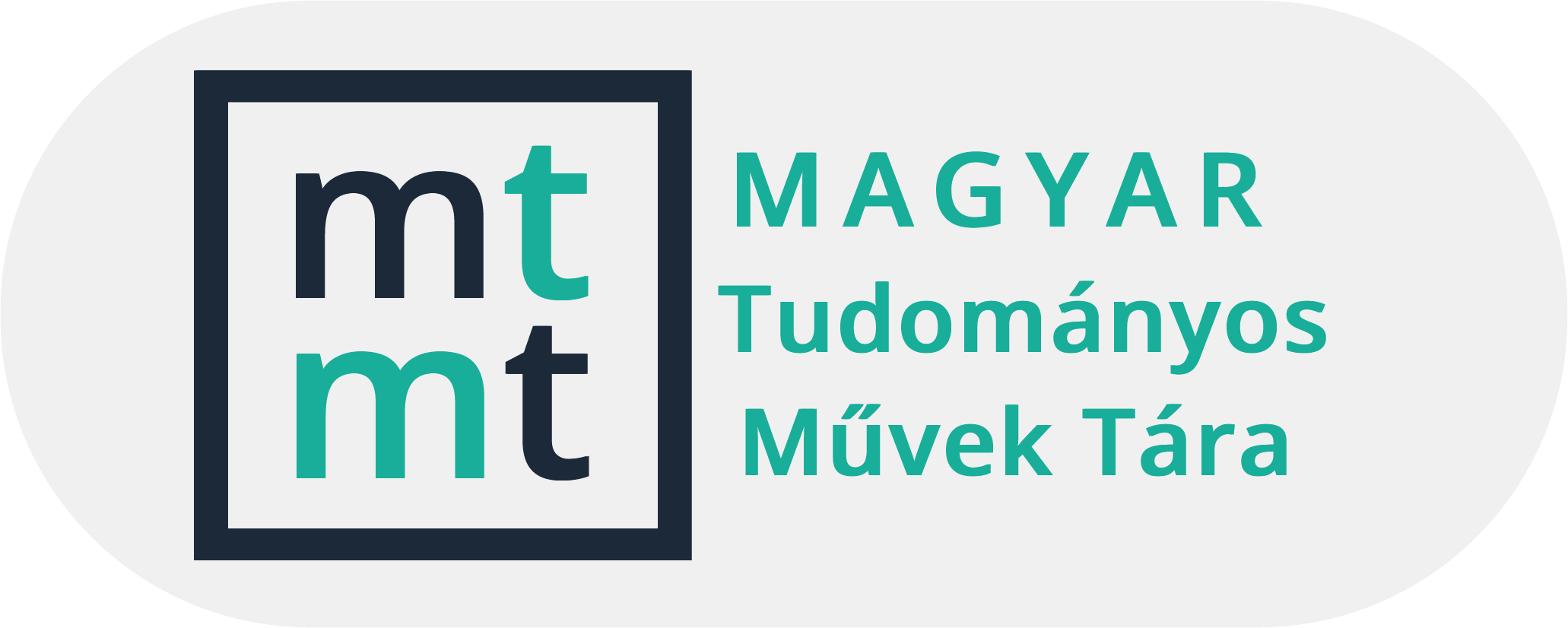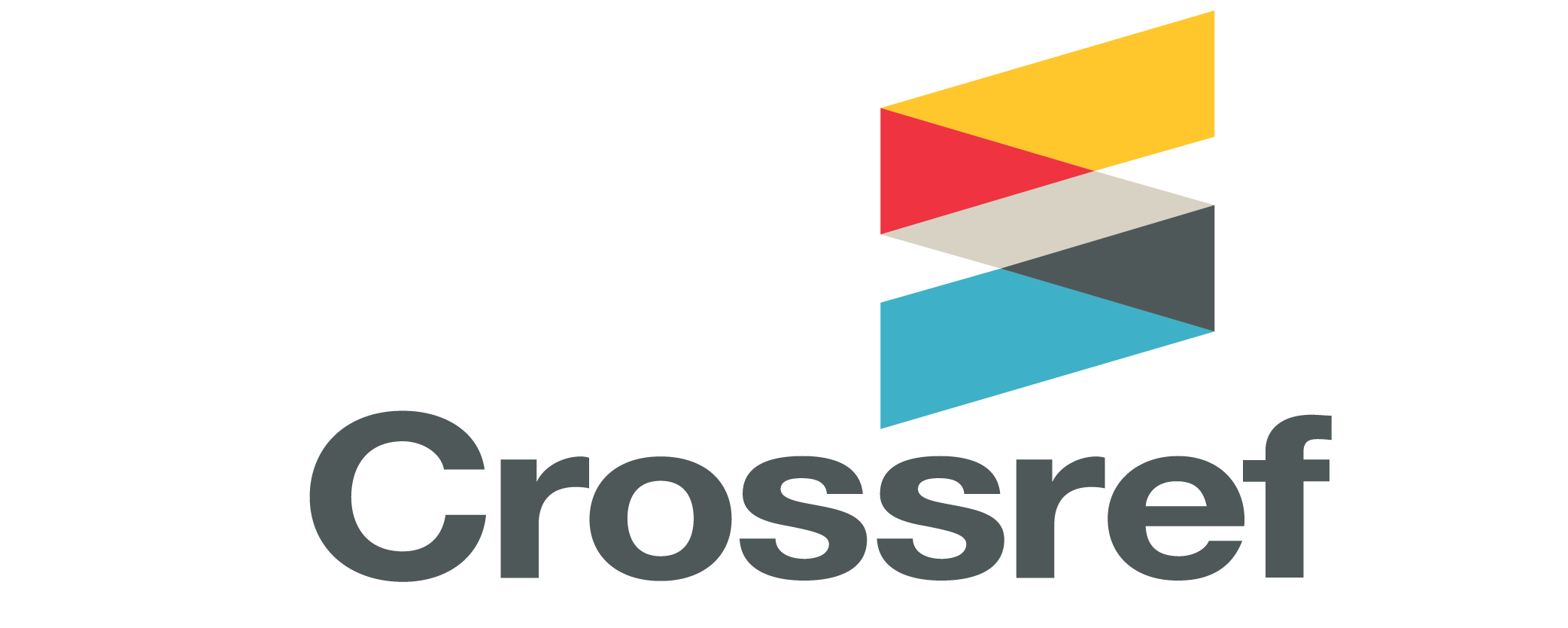Search
Search Results
-
Teaching puzzle-based learning: development of basic concepts
183-204Views:308While computer science and engineering students are trained to recognise familiar problems with known solutions, they may not be sufficiently prepared to address novel real-world problems. A successful computer science graduate does far more than just program and we must train our students to reach the required levels of analytical and computational thinking, rather than hoping that it will just 'develop'. As a step in this direction, we have created and experimented with a new first-year level course, Puzzle-based Learning (PBL), that is aimed at getting students to think about how to frame and solve unstructured problems. The pedagogical goal is increase students' mathematical awareness and general problem solving skills by employing puzzles, which are educational, engaging, and thought provoking. We share our experiences in teaching such a course – apart from a brief discussion on our pedagogical objectives, we concentrate on discussing the presented material which covers (in two lectures) just one selected topic (pattern recognition). In this paper we present the ideas behind foundations for PBL and the material of the first of two lectures on pattern recognition, in which we address core concepts and provide students with sufficient exemplars to illustrate the main points. -
Solution of an open reality based word-problem in two secondary schools
143-156Views:237This survey through an open reality based word problem is intended to assess - in two secondary schools in Komárom (Hungary) and in Komarno (Slovakia, Hungarian name: Révkomárom) in grade 10 - the ability of students to realize openness of a task. The comparison is justified by the fact that the language of teaching is Hungarian in both secondary schools, but with different curricula. This survey is related to the Content Pedagogy Research Program by the Hungarian Academy of Sciences. It is preceded by several surveys with a word problem (Pocket Money) of the third author and led by her between 2012 and 2015, and within that project in 2017 within a large sample test, among about 1500 students and university students in Hungary (?, ?) (?, ?). In our research we wanted first to assess how openly work students in two schools of the two cities mentioned in solving the same task. The answer to this question was similar to the large sample test results, so most of the students worked in a closed way, when solving this word problem. So we went on and tried to explore how students thought about their own solution given to this task, through mixed-type interviews.
Subject Classification: 97D70, 97F90, 97D50, 97M10
-
CAS as a didactical challenge
379-393Views:122The paper starts with the discussion of a concept of general mathematics education (mathematics education for everyone). This concept views the focus of teaching mathematics in the reduction of the demands in the field of operative knowledge and skills as well as in an increase of the demands in the fields of basic knowledge and reflection. The consequences of this concept are didactically challenging for the use of Computer Algebra Systems (CAS) in the teaching of mathematics. By reducing the operative work we reduce exactly that field in which the original potential of CAS lies. It is shown that in such maths classes the main focus of CAS is on their use as a pedagogical tool, namely as support for the development of basic knowledge and reflection as well as a model of communication with mathematical experts. -
A role of geometry in the frame of competencies attainment
41-55Views:119We discuss aspects of the Education Reform from teaching to educational system. In this context we recognize some problems in recognition of some competencies that students need to achieve and we present how we have developed the measurement method of spatial abilities and problem solving competence. Especially, we investigate how students use spatial visualization abilities in solving various problems in other mathematical course. We have tested how students use their spatial abilities previously developed in geometry courses based on conceptual approach to solve a test based on procedural concept in Mathematical Analysis course. -
Report on "The Computer Algebra and Dynamical Geometry Systems, as the catalysts of the Mathematics education": Conference, 6-7 June, 2003, Pécs, Hungary
259-269Views:66The Department of Mathematics of the University of Pécs, Pollack Mihály Engineering Faculty organized in the year 2003 a conference on the role of CAS and DGS in the Mathematics education. We discuss – based on the authors' abstracts – the conference's activities. -
Regula falsi in lower secondary school education
169-194Views:146The aim of this paper is to offer some possible ways of solving word problems in lower secondary school education. Many studies have shown that pupils in lower secondary school education (age 13-14) encounter difficulties with learning algebra. Therefore they mainly use arithmetical and numerical checking methods to solve word problems. By numerical checking methods we mean guess-and-check and trial-anderror. We will give a detailed presentation of the false position method. In our opinion this method is useful in the loweer secondary school educational processes, especially to reduce the great number of random trial-and-error problem solving attempts among the primary school pupils. We will also show the results of some problem solving activities among 19 grade 8 pupils at our school. We analysed their problem solving strategies and compared our findings with the results of other research works. -
Research studies in didactics of mathematics supported by the Operant Motive Test
153-173Views:123The present paper reports a case-study which took place within an EUsupported international program organized for research and development of multi-grade schools (NEMED, [16] [26]). One of the main goals of the research was to develop the connection between disadvantageous social situations and the efficiency (success or failure) in learning mathematics especially from the point of view of average and above-average (talented) students: Why does the talent of children with socially disadvantageous background remain undiscovered? How can we make school mathematics more aware of hidden talents?
The author was looking for a didactical solution that compensated for social disadvantages without restricting the development of "average" students by using sociological, educational, psychological and mathematical (experimental and theoretical) studies in interaction with a series of experimental (hypothesis testing and exploratory) investigations.
We constructed tools and methods for exploration and experimental teaching, adapted to Hungarian conditions (Curriculum Development, teacher training, materials, interviews, Kuhl's motivation test, Malara's "researchers and practicing teachers in cooperation" method, etc., see [18], [20]).
The teaching materials and methodological guidelines are based on Bruner's representation theory (see [5]). The empirical research took place in 16 multi-grade schools located in different parts of the country. The author co-operated with nearly 250 students and 25 teachers for 3 years. In this paper we try to demonstrate how an Operant Motive Test can be involved in this research (see [18]). -
Regula falsi in lower secondary school education II
121-142Views:207The aim of this paper is to investigate the pupils' word problem solving strategies in lower secondary school education. Students prior experiences with solving word problems by arithmetic methods can create serious difficulties in the transition from arithmetic to algebra. The arithmetical methods are mainly based on manipulation with numbers. When pupils are faced with the methods of algebra they often have difficulty in formulating algebraic equations to represent the information given in word problems. Their troubles are manifested in the meaning they give to the unknown, their interpretation what an equation is, and the methods they choose to set up and solve equations. Therefore they mainly use arithmetical and numerical checking methods to solve word problems. In this situation it is necessary to introduce alternative methods which make the transition from arithmetic to algebra more smooth. In the following we will give a detailed presentation of the false position method. In our opinion this method is useful in the lower secondary school educational processes, especially to reduce the great number of random trial-and-error problem solving attempts among the lower secondary school pupils. We will also show the results of some problem solving activities among grade 6-8 pupils. We analysed their problem solving strategies and we compared our findings with the results of other research works.
Subject Classification: 97-03, 97-11, 97B10, 97B50, 97D40, 97F10, 97H10, 97H20, 97H30, 97N10, 97N20
-
Geometry expressions: an interactive constraint based symbolic geometry system
303-310Views:116Dynamic geometry systems such as Geometers' SketchPad or Cabri are productive environments for the exploration of geometric relationships. They are, however, strictly numeric, and this limits their applicability where the interplay between geometry and algebra are being studied. We present Geometry Expressions – a dynamic symbolic geometry environment. While retaining the ease of use of a typical dynamic geometry environment, Geometry Expressions diverges by using constraints rather than constructions as the primary geometry specification mechanism and by working symbolically rather than numerically. Constraints, such as distances and angles, are specified symbolically. Symbolic measurements for quantities such as distances, angles, areas, locus equations, are automatically computed by the system. We outline how these features combine to create a rich dynamic environment for exploring the interplay between geometry and algebra, between induction and proof. -
The use of e-tests in education as a tool for retrieval practice and motivation
59-76Views:232In many studies we can read about what techniques are used in the educational process to deepen knowledge, and what can motivate students to learn. We aimed to give our students (who will be a teacher) a practical demonstration of learning techniques. We carried it within the framework of a course, at the end of which we also examined how much it motivates students if they write an e-test as a retrospective in order to deepen the material of the lesson. In the paper, we will present the results of the research as well as students’ opinions regarding the motivating effect of the tests.
Subject Classification: 97-01, 97D40, 97I10
-
Fehleranalyse beim Lösen von offenen Aufgaben Ergebnisse einer empirischen Studie in der Grundschule
83-113Views:150Open problems play a key role in mathematics education, also in primary school. However, children in primary school work in many relations in a different way from learner in secondary school. Therefore, the (possibly) first confrontation with an open task could be problematical. Within the framework of an international paper and pencil test it was examined how far children of primary school notice the openness of a task and which mistakes they do during working on that task. In particularly are meant by openness different interpretations of the task, which all lead to a set of numbers with more than one element as a result. For evaluation, a common classification system was adapted by slightly modification of the original system. -
The Mathematics Education Traditions of Europe (METE) Project
353-364Views:106This study is based on the work of the METE (Mathematics Education Traditions of Europe Project) team. Following a short introduction of the project, its theoretical background, methods and research design are presented in the next three sections. In the 4th section the tools developed by the METE team for qualitative and quantitative analysis of the collected data are discussed in details. The 5th section contains some personal remarks about using these tools. The 6th section presents the main results of the project, followed by a summary of the project's educational and theoretical significance. -
Teaching Gröbner bases
57-76Views:123In this article we offer a demonstration of how the StudentGroebner package, a didactic oriented Maple package for Gröbner basis theory, could assist the teaching/learning process. Our approach is practical. Instead of expounding on deep didactic theory we simply give examples on how we imagine experimental learning in classroom. The educational goal is to prepare the introduction of two sophisticated algorithms, the division algorithm and Buchberger's algorithm, by gathering preliminary knowledge about them. -
Apollonea.com project: integrating geometry and collaboration in education
183-194Views:45This article presents the Apollonea.com project, which aims to make the solutions to Apollonius’ problems accessible to students and teachers through modern technology. The web platform contains more than 150 interactive constructions created by students using GeoGebra, allowing for dynamic manipulation and visualization of solutions to various variants of Apollonius’ problems. The project combines classical geometric problems with an interdisciplinary approach, teamwork, and the use of modern technology. The article describes the process of developing the Apollonea.com website, the use of GeoGebra in the project, the structure and functions of the website, and its educational benefits in enhancing students’ geometric skills. The project demonstrates how traditional mathematics education can be connected with modern ICT tools.
Subject Classification: 97U50, 97G40, 51M04, 68U05
-
CALIBRATE and CAS/DGS resources
267-279Views:96The CALIBRATE project was initiated by the EU with the goal of expanding the use of ICT in education by increasing the amount of available learning resources via resource exchange. Although CAS/DGS can be used to easily create high quality learning resources which are also easily adaptable across national boundaries, such resources are difficult to find at CALIBRATE portals. We believe that this is due to CAS/DGS still being rather exotic to most of the people as well as with the common problem of finding existing appropriate resources. A possible solution is for CALIBRATE portals to properly equip existing and forthcoming CAS/DGS resources with suitable metadata and to provide some integration with CAS/DGS tools, enabling both beginners and power users to create and exchange CAS/DGS resources. -
Recalling calculus knowledge
55-70Views:94The main purpose of educational system is not only that the students perform well at the exam, but to remember the learnt material to some degree some time after the learning. This paper investigates students' retained knowledge, focusing mainly on topics concerning derivatives and differentiation, and examines the effect of re-learning in a short period of time. Results indicate that retained knowledge should be taken into consideration in instructional design and curriculum planning for the sequencing courses. -
On the relationship between Mathematics- and Computer Science Education
15-34Views:175In the first half of the paper, the profile of the two scientific disciplines of Mathematics Education and Computer Science Education is traced. In Mathematics Education, the description has been given in a short longitudinal section of its preying cornerstones since the beginning of the 1960s. In Computer Science Education, this is done through the description of an emancipatory science that has been taking place since the beginning of the 1990s. The second half of the contribution, with the discussion of the different perspectives of the two disciplines on the common topics of modeling and competence models, finally leads to the identification of the two disciplines as two autonomous and independent sciences.
-
The efficiency of written final exam questions in mathematics based on voluntary data reports, 2012–2015
63-81Views:155The efficiency of each question in the mathematics written final exam is not recorded by the institutions organizing the graduation exam. In order to overcome this deficiency the committee of final exams in mathematics and the Hungarian Educational Authority ask schools to send – beyond the total marks obtained on the paper – the scores of each question of all individual candidates to the Authority every year since 2012. Because a high proportion of schools complied with this request between 2012 and 2015, the researchers were provided valuable information for a deeper analysis on the effectiveness of exams. In this paper we have carried out an analysis of the efficiency of questions set in the written examination papers both on the intermediate and on the higher level in the last four years, on the basis of these voluntary data reports. -
E-learning in teacher training
277-294Views:91A research has been organised with three Colleges taking part during the academic year of 2002-03. These institutions were
• The Teacher's Training College of Baja
• Eszerházy Károly College of Eger
• The College of Nyíregyháza
The aim of the research was to reveal differences between results of students studying in the traditional way and of students using e-learning.
The survey has been carried out among students of PE (physical education). A distance educational programme (Basics of Gymnastics) developoed before launching the survey served as basis for the survey [5]. The results of the research were first presented at the Agria-Média Conference in 2004. After analysing the results the findings were presented at the 3rd International Conference on Education and Information Systems in Orlando, Florida in July 2005.
This paper tries to reveal the structure of the e-learning programme, the environment of the research and the latest results found after the final analyses of the research. -
Implementation opportunities of the Moodle learning management system in virtual environment the Sloodle project
275-293Views:85Using e-learning was firstly appeared in companies' sphere. It should be very useful if learning management systems were applied. Nowadays e-learning is used in different fields and gives useful informations in case of basics and its knowledge. It is essential to know the arranging technics and applicated handling methods of some supporting learning management systems of e-learning. The Moodle is the best-known learning management system.
The Second Life is one of the virtual environments which is useful in learning-teaching methods that is used in most educational institute all over the world. Sloodle is an open source project which connects the Second Life with Moodle learning management system. Sloodle is a kind of "bridge" in which different kind of activities and registering and provided in both Moodle and Second Life.
In our department, University of Debrecen Health Faculty of Nyíregyháza ILIAS learning management system has operated since February, 2008. In the interest of higher level education we decided to use and made available some courses through Moodle learning management system.
Some tools of Sloodle will be presented in our article. It will be the first study for our research in which we would use the Moodle learning management system, the virtual environment of Second Life and the project of Sloodle itself. Our article will contain the starting details and its statistical confirmation of our Sloodle project. We like to demonstrate that the results of the Sloodle-aided group are significantly better than the results of the control group in the most cases. -
Young women's barriers to choose IT and methods to overcome them - A case study from Hungary
77-101Views:271Women's scarcity in the STEM, especially in the IT sector is pronouncedly evident. Young women are obstructed from entering and remaining in IT by a broad range of social, educational, and labor market factors. In our paper, we would like to analyze the main barriers girls face in choosing IT, while also proposing potential methods to help them overcome these obstacles. In the second part of the paper, we will present a case study to illustrate in detail how the combination of the above methods can be put into practice to address and tackle the complex set of barriers girls face. We will first introduce a Hungarian annual program, Girls' Day ("Lányok napja"), specifically aimed to promote STEM to girls, then we will present two specific events organized for the 2020 edition of the program and designed with the above principles in mind. The interactive presentation, exposing girls to female role models of the field in a gamified way, and a game development exercise, building Scratch programming skills, have attempted to provide young women both with positive perspectives and experiences in IT, which are instrumental in helping them to surmount entrenched obstacles and raise their interest in the field.
Subject Classification: 97P10, 97U30
-
Self-regulated learning in mathematics lessons at secondary level
139-160Views:43Self-regulation is a prerequisite to be able to set goals and to find suitable ways to reach them. Furthermore, it is an important ability which affects different areas of every day’s life. In educational context, self-regulation is often linked to self-regulated learning. The concept of self-regulated learning as well as key terms related to this topic such as problem-solving and modelling tasks will be discussed, while an emphasis lays on the role of the teacher. In this paper, a study on the attitudes of mathematics teachers towards self-regulated learning is presented. It focuses on teachers’ assessment of the possibility and limitations of self-regulated learning in mathematics lessons. It can be observed that most of the surveyed teachers try to incorporate self-regulatory processes in their teaching, but encounter difficulties related to various factors, such as their students, framework conditions, and the time required for such learning processes.
Subject Classification: 97D10
-
Metadata and education
325-343Views:124This article is a (possible) conceptual educational model, which introduces data representation, information storage and retrieval possibilities on the Web in a way analogous to the levels of organization of metadata.
The model uses the traditional library and information systems as a starting point, referring to the levels and types of information organization, and describes directions of its development. General acquaintance with the dominant organizational levels and types helps to understand the information organization on the internet, the coexistence of both structured and unstructured elements, the closedness and deficiencies of the content of information, and also helps to find possible ways of correcting these deficiencies. One of the main advantages of model-driven approaches is that they, by using the well-known classical systems, make tangible the development of physical and content data organization types and levels of organization of information for medical students that usually do not possess informatics knowledge.
The conceptual model presented in details in the article can provide a basis for a general introduction to metadata and to develop curricula equally appropriate for traditional face to face classes, trainings and online courses. -
Promoting a meaningful learning of double integrals through routes of digital tasks
107-134Views:364Within a wider project aimed at innovating the teaching of mathematics for freshmen, in this study we describe the design and the implementation of two routes of digital tasks aimed at fostering students' approach to double integrals. The tasks are built on a formative assessment frame and classical works on problem solving. They provide facilitative and response-specific feedback and the possibility to request different hints. In this way, students may be guided to the development of well-connected knowledge, operative and decision-making skills. We investigated the effects of the interaction with the digital tasks on the learning of engineering freshmen, by comparing the behaviours of students who worked with the digital tasks (experimental group, N=19) and students who did not (control group, N=19). We detected that students in the experimental group showed more exibility of thinking and obtained better results in the final exam than students in the control group. The results confirmed the effectiveness of the experimental educational path and offered us interesting indications for further studies.
Subject Classification: 97D40, 97U70, 44A45
-
Teaching graph algorithms with Visage
35-50Views:151Combinatorial optimization is a substantial pool for teaching authentic mathematics. Studying topics in combinatorial optimization practice different mathematical skills, and because of this have been integrated into the new Berlin curriculum for secondary schools. In addition, teachers are encouraged to use adequate teaching software. The presented software package "Visage" is a visualization tool for graph algorithms. Using the intuitive user interface of an interactive geometry system (Cinderella), graphs and networks can be drawn very easily and different textbook algorithms can be visualized on the graphs. An authoring tool for interactive worksheets and the usage of the build-in programming interface offer new ways for teaching graphs and algorithms in a classroom.






